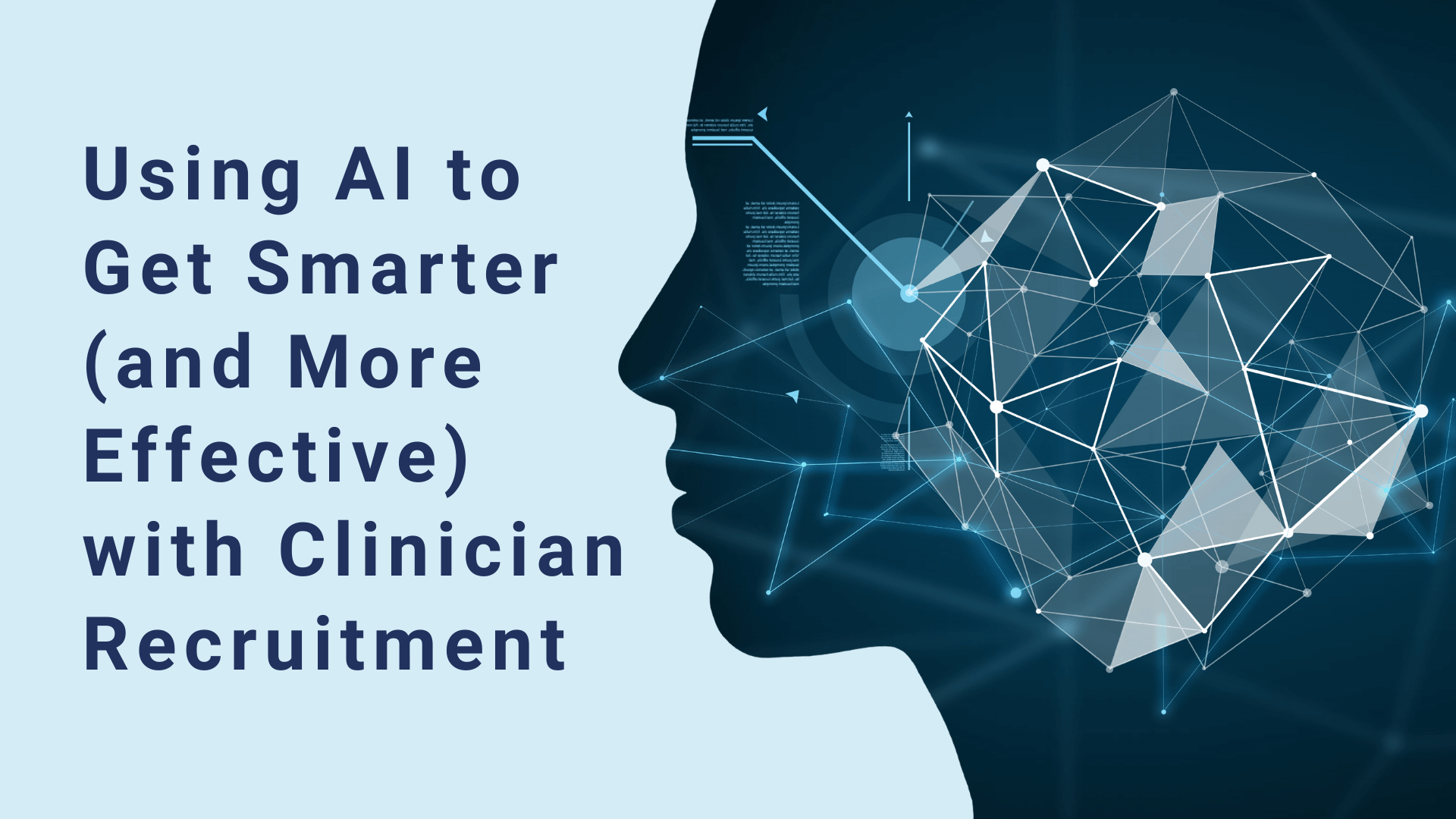New technologies are helping provider organizations bring greater efficiency and
precision to the cumbersome process of clinician recruitment by identifying
candidates who aren’t even looking.
by Paul Vernich, Senior Vice-President of Winnow at Aya Healthcare
The crisis in healthcare recruiting is burdening provider organizations across the country.
With record levels of physician burnout and turnover, there aren’t enough candidates to fill all open positions. The result: recruitment cycles are torturously long, creating gaps in practice revenues or necessitating locum tenens arrangements.
With a desperate need for solutions, recruiting platforms popped up to support clinical providers with a wide range of tools and resources. However, these “solutions” have not solved the problem. At best, many create modest organizational efficiencies on the margins and don’t address the most significant issue: actually finding the best long-term fits.
The Paradox of Finding Perfect-Fit Clinicians
The best candidates, the ones healthcare recruiters prize, tend to have one thing in common: They’re not actively looking. These currently employed physicians are not pursuing new opportunities but might consider a new job if the right one comes along.
At any given time, only 10.5% of the clinician workforce is defined as actively looking. Every recruiter competes fiercely for this tiny, crowded candidate pool. Obviously, there is a higher likelihood among the nearly 90% who aren’t looking that you’ll find an ideal candidate who is interested and within reach. In fact, 73% of physicians are “passive candidates” open to new work.
Passive candidates also tend to be better fits who stay longer. They aren’t desperate for a new job, so there’s a sense that they’re making decisions based on a true fit, not because they lost their previous position or merely engaging potential employers in a bidding war to land a higher salary.
The problem, of course, is that passive candidates are also highly elusive. They’re not on the radars of in-house recruiters because they’re not seeking to be.
Clinical recruiters traditionally have lacked the tools to target passive candidates effectively or at scale. Most tools and platforms saturating the recruiting market identify only active candidates. They either help spread awareness of openings or source lists and databases, where recruiters then play a numbers game.
Fortunately, and with game-changing implications for provider groups, AI-powered solutions are bringing us to the verge of a revolution in clinician recruitment.
How AI Will Find Your Next Physician Hire
Recruiting from the vast pool of passive candidates is only possible with AI predictions. But solutions now available can sift through trillions (yes, trillions) of data points—including thousands of relevant pieces of information aggregated into profiles on each candidate—to identify the best potential fits in real-time. That means going beyond clinical skills and experience to find the needle-in-a-haystack candidates who not only would be interested in relocating to your community but also would mesh well with your clinical team.
How? Candidates meeting specified criteria (such as board certification, state licensures, experience with specific types of procedures) are AI-screened through predictive analysis modeling to provide a list of best-aligned fits.
What does predictive analysis modeling reveal? For one thing, AI can predict when physicians are likely to leave their jobs, enabling recruiters to target them before their names ever appear on a job board. Second, AI collects information on a candidate’s geographical areas of interest and analyzes the comparable “sister cities” to which they would be more likely to relocate. Most importantly, AI can subjectively qualify candidates based on their connections with a provider group’s physicians. Once the predictive analysis is complete, AI can stack-rank candidates based on the factors listed as priorities by the provider group.
When in-house recruiters are armed with predictive insights on candidates and their network connections—for example, knowing that a prospective candidate was in the same residency program as one of your physicians—their outreach efforts are far more effective. Better still, your physicians can directly engage with trusted friends to pull them into the conversation. Identifying and appealing to the motivating factors that trigger the interest of passive candidates translates into a shorter and less costly hiring process—reducing time-to-hire by 25%-55%—and a clinician who is less likely to leave and necessitate another search.
Amid the crisis in healthcare recruiting, leveraging AI to prioritize and pursue the right passive candidates is an essential approach for successfully filling clinical positions with long-term fits.
Paul Vernich is Senior Vice-President of Winnow at Aya Healthcare. Winnow is an AI-powered solution that dramatically improves the efficiency and efficacy of the healthcare recruiting cycle.
Ready to enhance revenue cycle performance and help ensure that providers’ documentation is complete and “bulletproof” before it leaves their desktops? View a demo of Calm Waters AI and learn more about our documentation improvement services with ChartPal.

